Tech Sales 101
The Ultimate Guide to Mastering Sales: Techniques That Drive Results
Published on 23rd September 2024 by Krish
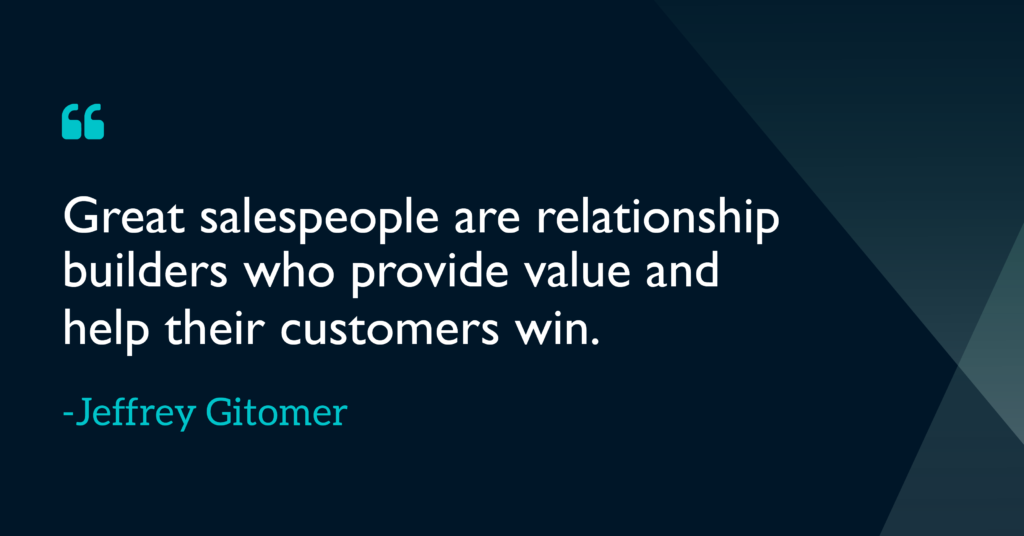
Sales is the lifeblood of every business. It’s the engine that powers revenue growth, client relationships, and long-term success. Whether you’re selling software, services, or physical products, mastering the art of sales is non-negotiable. However, sales is often misunderstood. Many see it as the relentless pursuit of closing deals, but at its core, successful sales is about problem-solving, relationship-building, and delivering value.
In this ultimate guide, we’ll cover everything from the fundamentals to advanced strategies that will help you not only close more deals but also build long-lasting relationships with your clients.
1. Understanding the Psychology of Sales
Sales isn’t just about features and pricing; it’s about understanding human behavior. At the heart of every transaction is a person with a need, desire, or pain point. Successful sales professionals tap into the psychology behind their customer’s decision-making processes.
a. The Principle of Reciprocity
People are naturally inclined to return favors. When you give something of value, whether it’s free advice, a demo, or a trial, it triggers a sense of obligation in your prospect. This is why free trials and consultations work so well. You’re offering value upfront, making it more likely that the prospect will feel compelled to engage with you.
b. Social Proof
Humans are social creatures, and we tend to follow the actions of others, especially in uncertain situations. This is where testimonials, case studies, and client success stories become powerful tools. When prospects see that others, especially people similar to them, have benefited from your product, it becomes easier for them to envision success for themselves.
c. Scarcity and Urgency
People value things that are in limited supply or available for a limited time. Offering limited-time discounts, early-bird pricing, or exclusive offers can create a sense of urgency, pushing prospects to make quicker decisions.
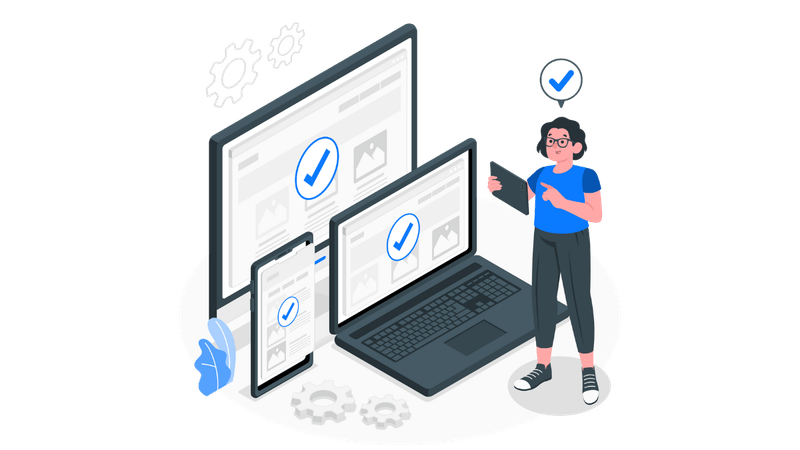
2. Building Trust and Rapport
Trust is the foundation of any successful sale. Without trust, even the best pitch will fall flat. Building rapport with your prospect sets the tone for the entire sales process and significantly increases your chances of closing the deal.
a. Active Listening
One of the biggest mistakes salespeople make is talking too much. Successful salespeople focus on listening. Actively listen to your prospects, ask open-ended questions, and pay attention to their needs. When a prospect feels heard, they’re more likely to trust you and feel comfortable doing business with you.
b. Personalize Your Approach
Every prospect is different, and a one-size-fits-all approach doesn’t work in sales. Personalize your pitch based on the prospect’s unique needs, pain points, and goals. Use their name, refer to their specific business challenges, and show them how your solution is the perfect fit.
c. Be Authentic
Don’t try to be someone you're not. Authenticity builds credibility. If you don't know the answer to a question, be honest and say you’ll find out. Transparency and honesty go a long way in building long-term client relationships.
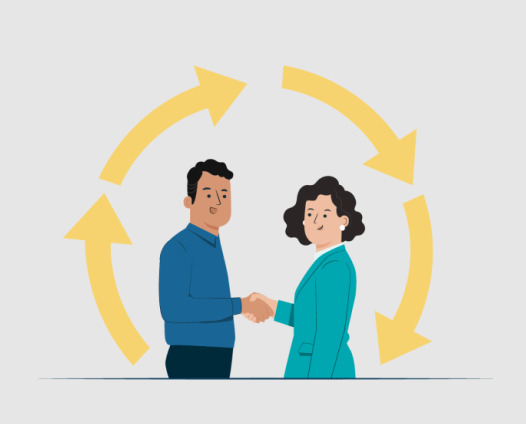
3. The Art of Asking the Right Questions

The key to successful selling lies not in your ability to pitch but in your ability to ask the right questions. Great salespeople are like detectives, uncovering valuable insights about their prospects through smart questioning.
a. Problem-Focused Questions
Your goal is to understand the problem your prospect is trying to solve. Use open-ended questions to get them to talk about their challenges and frustrations. For example, "What's the biggest challenge you’re facing with your current solution?"
b. Pain-Point Discovery
Once you’ve identified the problem, dive deeper into the pain points. Ask questions like, "How is this problem impacting your business?" or "What happens if you don't solve this issue in the next six months?"
c. Value-Based Questions
Shift the conversation toward solutions by asking questions that focus on the value your product or service can bring. For example, "If we could solve this problem for you, how would that impact your business?"
4. Crafting an Irresistible Value Proposition
Once you’ve uncovered your prospect’s pain points, it’s time to craft your value proposition. This is where many salespeople falter. They focus too much on the features of their product instead of the benefits and value.
a. Focus on Benefits, Not Features
Your prospects don’t care about the technical specs of your product; they care about how it will solve their problems. Instead of saying, “Our software integrates with your CRM,” say, “Our software saves you two hours every day by automating manual data entry.”
b. Differentiate Your Offering
Chances are, your prospect is considering several options. To stand out, you need to highlight what makes your solution different. What unique value can you offer that others can’t? Is it your customer support, your ease of use, or your pricing model?
c. Use Simple, Clear Language
Don’t overload your prospect with jargon or overly technical terms. Keep your language simple and focused on outcomes. Clear, concise communication is key to helping your prospect see the value in your solution.

5. Overcoming Objections
Objections are a natural part of the sales process. Whether it’s pricing, timing, or doubts about your solution, how you handle objections can make or break the deal.
a. Anticipate Common Objections
The best way to handle objections is to anticipate them before they arise. Prepare responses to common objections like "Your product is too expensive," "We’re not ready to make a decision," or "We already have a solution in place."
b. Use Objections as Opportunities
An objection isn't necessarily a no; it’s an opportunity to dig deeper. Ask questions to understand the real reason behind the objection. For example, if a prospect says your product is too expensive, you can ask, "What kind of ROI would make the investment worthwhile for you?"
c. Stay Calm and Confident
Don’t get defensive when a prospect raises an objection. Stay calm and confident, and address their concerns with facts and empathy. If you’ve built trust and rapport, overcoming objections will feel like a natural part of the conversation.
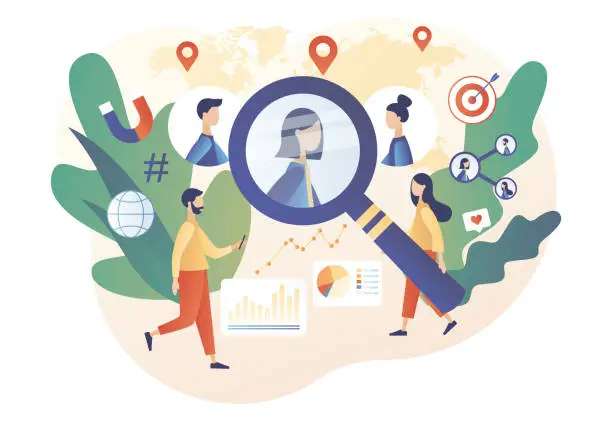
6. The Follow-Up: Persistence Pays Off
The sale doesn’t always happen after the first meeting. In fact, most sales require multiple touchpoints before closing. This is why follow-ups are so critical to the sales process.
a. Don’t Give Up Too Soon
Many salespeople give up after one or two follow-ups. But research shows that most deals are closed after the fifth or sixth follow-up. Stay persistent but polite. Use each follow-up as an opportunity to offer something new—a piece of content, a case study, or a new insight.
b. Add Value in Every Follow-Up
Instead of just asking, “Have you made a decision yet?” focus on adding value. Send a relevant article, share a case study, or provide a new feature update that addresses the prospect’s pain points.
c. Set Clear Next Steps
Always end a follow-up with clear next steps. Whether it’s scheduling another meeting, sending a proposal, or connecting with another decision-maker, make sure your prospect knows what comes next.

7. Closing the Deal with Confidence
When the time comes to close the deal, many salespeople get nervous or hesitate. Closing should feel like a natural next step if you’ve followed the process correctly.
a. Trial Close
Before going for the final close, test the waters with a trial close. Ask questions like, “How does everything sound so far?” or “Do you think this solution would work for you?” This helps you gauge whether the prospect is ready to move forward.
b. Create a Sense of Urgency
Sometimes, prospects need a little nudge to make a decision. Create a sense of urgency by offering limited-time pricing, exclusive bonuses, or time-sensitive offers. But be careful not to push too hard, or you risk turning them off.
c. Be Direct and Confident
When you feel the time is right, be direct and ask for the sale. Use a closing line like, “Based on everything we’ve discussed, it sounds like we’re a great fit. Can we go ahead and get started?” Confidence is key when closing the deal.

8. The Power of Post-Sale Engagement
The sale doesn’t end once the contract is signed. Post-sale engagement is just as important for building long-term relationships and driving repeat business.
a. Onboarding and Support
Make sure your new client has a seamless onboarding experience. Provide excellent customer support and be proactive in checking in to see how they’re finding your product or service.
b. Ask for Referrals
Satisfied customers are often your best source of new business. Don’t be afraid to ask for referrals, especially after delivering value. A happy client will gladly introduce you to others who could benefit from your solution.
c. Upsell and Cross-Sell
As you build trust with your clients, look for opportunities to upsell or cross-sell additional products or services. If you’ve already proven your value, it becomes easier to expand the relationship and increase the lifetime value of the client.
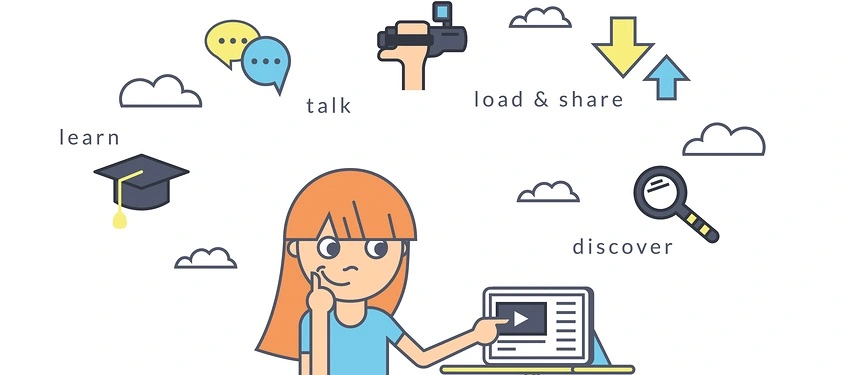
Conclusion: Sales Is a Process, Not a One-Time Event
Sales is a journey, not a one-time transaction. By understanding the psychology of your prospects, building strong relationships, and consistently adding value, you'll set yourself up for long-term success. Every interaction with a prospect is an opportunity to move them closer to a sale, and every sale is an opportunity to build a lasting relationship.
Remember, sales isn’t about being pushy or aggressive—it’s about solving problems and delivering value. Master these skills, and you’ll see your sales performance skyrocket.

© 2025 Tech Sales 101 - Built with by Krish